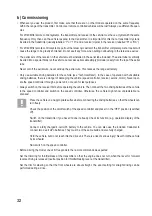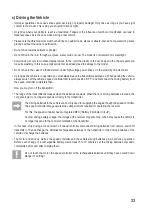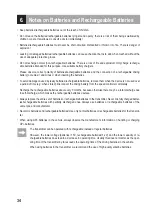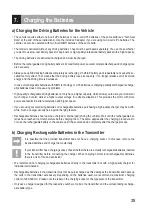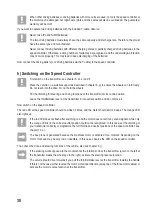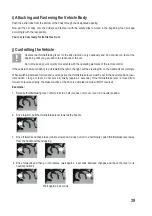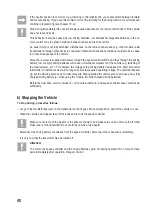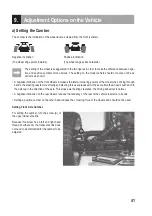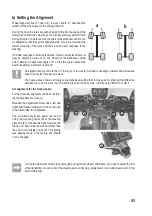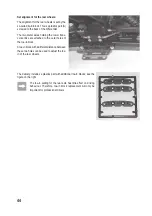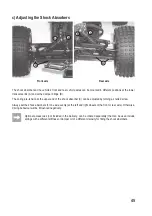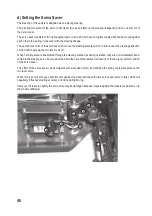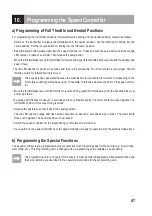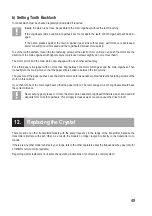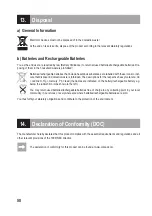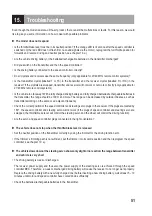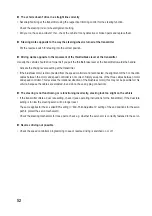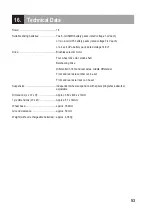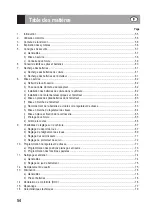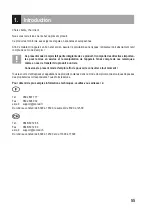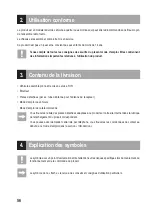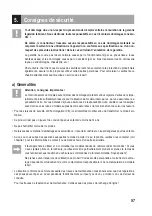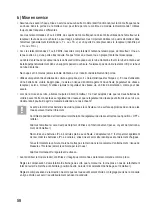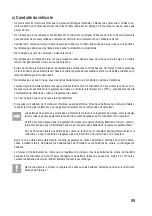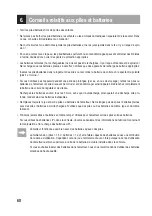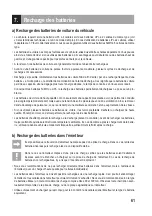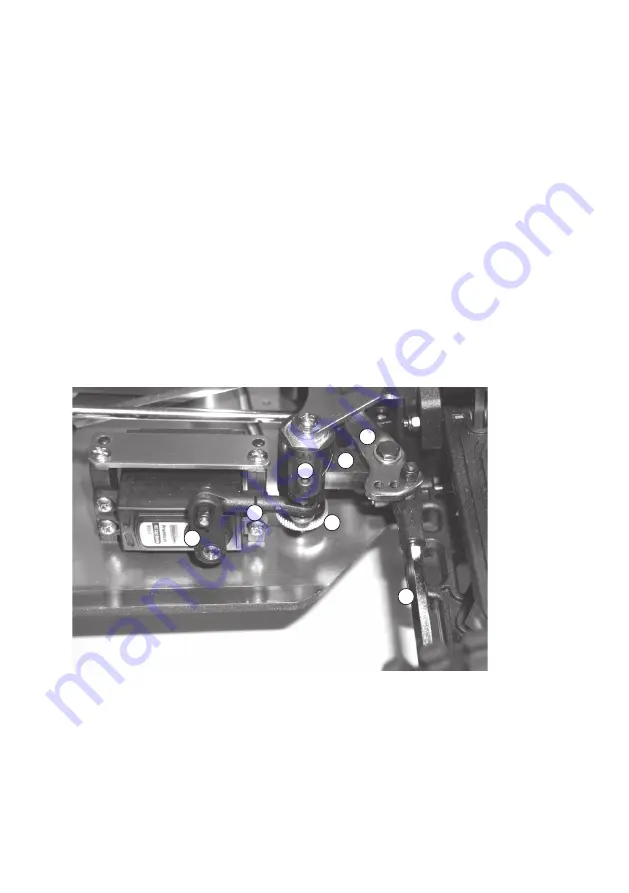
46
d) Setting the Servo Saver
The steering of the vehicle is designed as an axle leg steering.
The pivoting movement of the servo control lever (A) has an effect on the steering linkage (B) and on one arm (C) of
the servo saver.
The servo saver consists of two right-angled levers (C and D), which are not rigidly coupled but can be moved against
each other via a spring in one level with the steering linkage.
The second lever arm of the servo saver (D) moves the steering plate (E) which in turn causes the steering deflection
of the front wheels via the two track rods (F).
When hard impacts are transmitted through the steering mechanics during operation, they are not immediately trans-
mitted to the steering servo, but are absorbed with the help of the resilient connection of the two lever arms (C and D)
of the servo saver.
The effect of the servo saver can be adjusted with a knurled nut (G) by modifying the spring contact pressure on the
two lever arms.
When this is set too soft, even light impacts against the wheel will cause the two servo saver arms to twist, which will
negatively influence steering accuracy and track during driving.
However, if it is set too tightly, the servo drive may be damaged because impacts against the wheels are passed on to
the wheels unfiltered.
A
C
B
E
D
F
G
Summary of Contents for 237852
Page 106: ...106 ...
Page 107: ...107 ...

